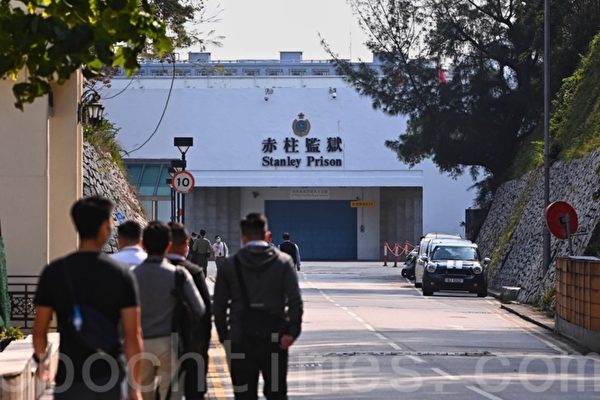The Correctional Services Department’s data shows that last year, 4,395 inmates were sentenced to punitive isolation (commonly known as “punitive confinement”), and there were 5,335 cases of “individual disciplinary violations,” both the highest since 2019.
According to the Correctional Services Department’s response to questions raised by Legislative Council members on the “Financial Budget,” there were a total of 4,395 cases of punitive confinement last year, an increase of 594 cases compared to the previous year, also marking a new high since 2019. Under Rule 63 of the Prison Rules, punitive isolation should not exceed 28 days.
As for cases of suspending interaction with other inmates, there were 687 cases last year, the second-lowest in five years. The Correctional Services Department stated that more than 80% of cases were to maintain institutional discipline and order, or as security measures suspected of inmates storing drugs in their bodies, while the rest were inmates voluntarily applying due to their own circumstances such as special criminal backgrounds.
In terms of the duration of suspending interaction with other inmates, 26 cases lasted for more than 4 months last year, all of which were cases where inmates voluntarily applied. However, the majority, 306 cases, were suspended for 72 hours to 1 month, with 27 cases being inmate-initiated requests.
Furthermore, there were 5,335 cases of “individual disciplinary violations” last year, the highest since 2019, an increase of 771 cases from 2022. As for “collective disciplinary violations,” there were 4 cases last year, one less than the previous year, also marking the lowest since 2019.
The Correctional Services Department stated that the backgrounds and reasons for individual disciplinary violations by inmates vary, and the department has not provided related statistics on this. Regarding inmates involved in collective disciplinary violation cases, the majority have backgrounds in the triad societies, a history of drug abuse or multiple incarcerations. They often attempt to establish power or resist the institution’s management, engage in crackdowns on illegal activities, incite other inmates to participate in collective actions or fights.
Regarding the use of “necessary force” by frontline personnel in various prisons and correctional institutions, there were 78 cases last year, the highest since 2021. Among them, 8 cases involved manual control, 4 cases used pepper foam spray, and 66 cases involved both manual control and the use of pepper foam spray. The Correctional Services Department stated that in the past five years, there have been no cases of correctional officers using expandable batons on inmates.
There were also 2 cases of the use of “necessary force” on juvenile offenders under 21 years old last year, resulting in injuries to two young inmates, with no injuries to correctional officers. It is noteworthy that in the past five years, the figures were highest in 2021, with 21 cases of necessary force used, leading to 23 young inmates being injured, and 7 correctional officers being injured.
The Correctional Services Department explained that the use of necessary force on inmates by personnel includes reasons such as preventing self-harm or resistance, mutual fights, and attacks on others.

